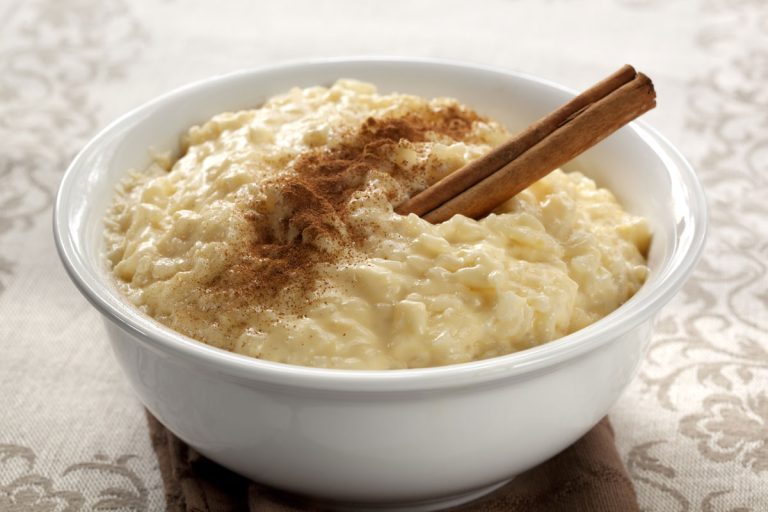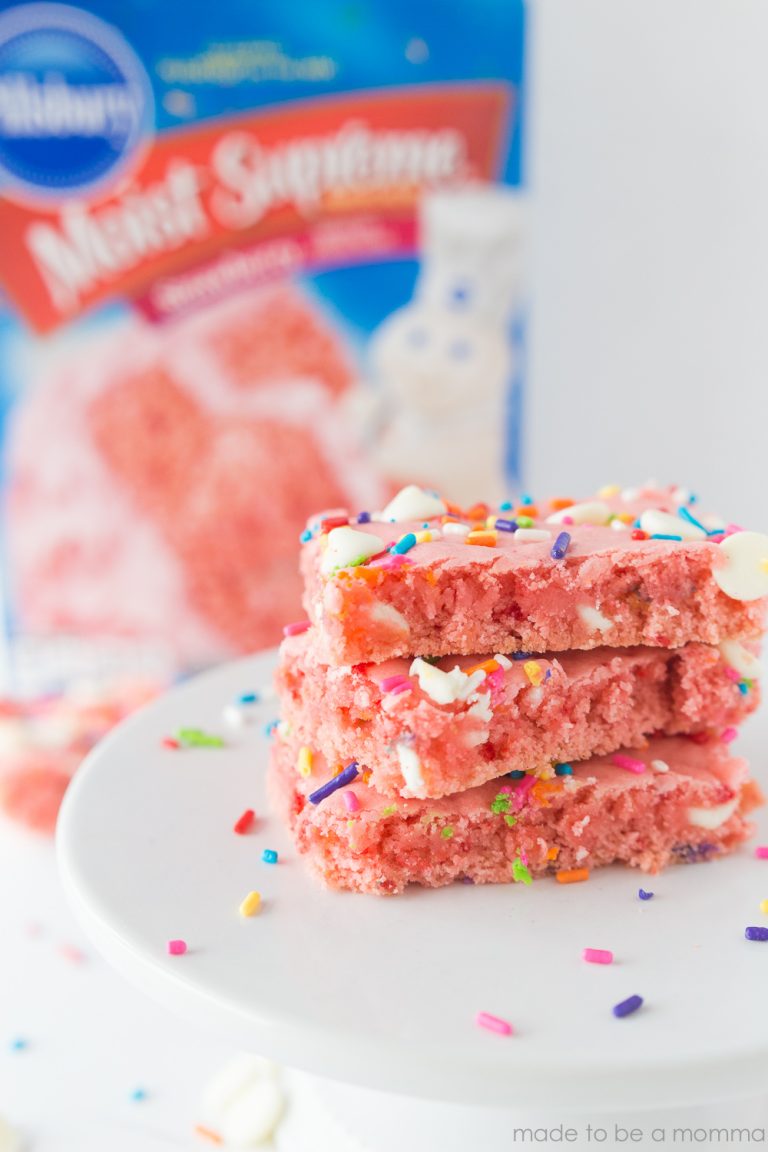Spaghetti Alla Carbonara Tradizionali: History, Recipe, and Modern Twists
Spaghetti Alla Carbonara Tradizionali finds its roots in the Lazio region, specifically in Rome. The dish appeared during the mid-20th century, a period marked by post-World War II scarcity. It’s believed that Carbonara came about through a fusion of local ingredients and American soldier rations, particularly eggs and bacon. Influential Roman cuisine shaped its foundation, focusing on simple yet robust flavors.
Evolution of the Recipe
While the original recipe includes eggs, Pecorino Romano cheese, guanciale (cured pork cheek), and black pepper, variations have emerged over time. You might see substitutions like pancetta for guanciale or Parmesan in place of Pecorino. Modern twists incorporate cream, garlic, or onions, departing from traditional methods yet introducing new flavor dimensions. Chefs continually adapt Carbonara, but purists maintain that sticking to its original ingredients offers the most authentic experience.
Key Ingredients for Authentic Carbonara
Importance of Guanciale
Guanciale is crucial for authentic Carbonara. Derived from the pork cheek or jowl, it adds a distinct, rich flavor that’s irreplaceable. Unlike pancetta or bacon, guanciale offers a delicate, melt-in-your-mouth texture. Sautéing guanciale releases its fat, which coats the pasta, elevating its taste. Although harder to find, authentic Italian markets often carry guanciale, ensuring you replicate the original dish accurately. Using guanciale provides depth and a signature taste that other substitutes can’t match.
Choosing the Right Cheese
Pecorino Romano cheese is the traditional choice for Carbonara. Made from sheep’s milk, it delivers a sharp, salty flavor. When grated, Pecorino Romano melts seamlessly, creating a creamy sauce. Parmesan is a common substitute, but it lacks the robust flavor profile of Pecorino Romano. For best results, opt for a high-quality, aged Pecorino Romano. Check local Italian delis or specialty stores for authenticity. Using the right cheese guarantees a rich, authentic taste and texture.
Step-by-Step Cooking Guide
Preparing the Ingredients
Gather all necessary ingredients before you start cooking. Authentic Spaghetti Alla Carbonara uses fresh, high-quality components. For the pasta, select 14 oz of spaghetti. Choose guanciale, about 5 oz, ensuring it delivers a rich flavor. Use 4 large eggs, preferably at room temperature, separating 3 yolks and using 1 whole egg. Grate 1.5 oz of Pecorino Romano cheese finely. Coarsely grind black pepper to taste.
Combining Elements Properly
Cook the spaghetti in a pot of boiling salted water until al dente. While it cooks, cut guanciale into small strips and cook in a skillet over medium heat until crispy. Remove from heat once done. In a bowl, whisk egg yolks, whole egg, and Pecorino Romano. Add a spoonful of pasta water to the cheese mixture, creating a smooth texture.
Once the spaghetti is ready, drain and reserve some pasta water. Combine the hot pasta with guanciale in the skillet, ensuring it coats evenly. Remove the skillet from heat, then quickly stir in the egg mixture, creating a creamy sauce with the residual heat. If needed, add reserved pasta water to adjust consistency. Serve immediately, topping with more Pecorino Romano and black pepper.
Common Mistakes When Making Spaghetti Alla Carbonara
Overcooking the Pasta
Overcooking pasta can ruin Spaghetti Alla Carbonara. Authentic Carbonara requires pasta cooked until it’s “al dente”, meaning firm to the bite. Al dente pasta allows the sauce to cling better, creating the perfect texture. Start tasting the pasta after about 8 minutes of cooking. Aim to remove it from boiling water while it’s still firm since it will continue cooking when combined with the hot sauce.
Using Cream in the Sauce
Using cream in the sauce fundamentally alters the dish and is not part of the traditional recipe. The creaminess in genuine Carbonara comes from the careful emulsification of eggs and Pecorino Romano cheese with the rendered fat from guanciale. Adding cream can result in a heavier, less balanced sauce. For authentic results, rely solely on eggs, cheese, and guanciale. Mix vigorously after adding the hot pasta to the egg and cheese mixture to achieve the creamy texture.
Variants and Modern Takes on the Classic Dish
Vegan and Vegetarian Options
Vegan and vegetarian tweaks to Spaghetti Alla Carbonara offer creative alternatives. For a vegan version, replace eggs with a combination of silken tofu and nutritional yeast. Substitute Pecorino Romano cheese with a cashew-based cheese. Swap guanciale for smoked tempeh or mushroom bacon to mimic the savory flavor.
Vegetarian options can maintain the essence of the original dish. Use a blend of eggs and a mix of grated hard cheeses like Parmigiano Reggiano and Pecorino Romano. Replace guanciale with a vegetarian bacon or smoked mushrooms to retain the dish’s traditional taste profile.
Influence of International Cuisines
International cuisines have inspired various takes on Spaghetti Alla Carbonara. In Japan, mentaiko (pollock roe) sometimes replaces guanciale, adding a briny flavor. Italian-American versions often incorporate cream, deviating from the traditional recipe but offering a richer texture.
In France, chefs might blend crème fraîche with eggs and cheese, creating a creamy consistency. Spanish versions might include chorizo instead of guanciale, infusing the dish with a spicy kick. These adaptations reflect the flexibility and global appeal of Spaghetti Alla Carbonara.
Use these adaptations as ways to experience the classic dish in new and diverse culinary contexts, ensuring to keep the balance of flavors and the essence of Carbonara intact.
Conclusion
Exploring Spaghetti Alla Carbonara Tradizionali reveals a rich culinary heritage that continues to inspire food lovers worldwide. Whether you stick to the traditional recipe or venture into modern adaptations, the essence of this dish lies in its simplicity and flavor balance. By understanding its origins and experimenting with new ingredients, you can appreciate the timeless appeal of Carbonara while making it your own. Enjoy the journey of mastering this classic, and let your creativity shine in the kitchen.






